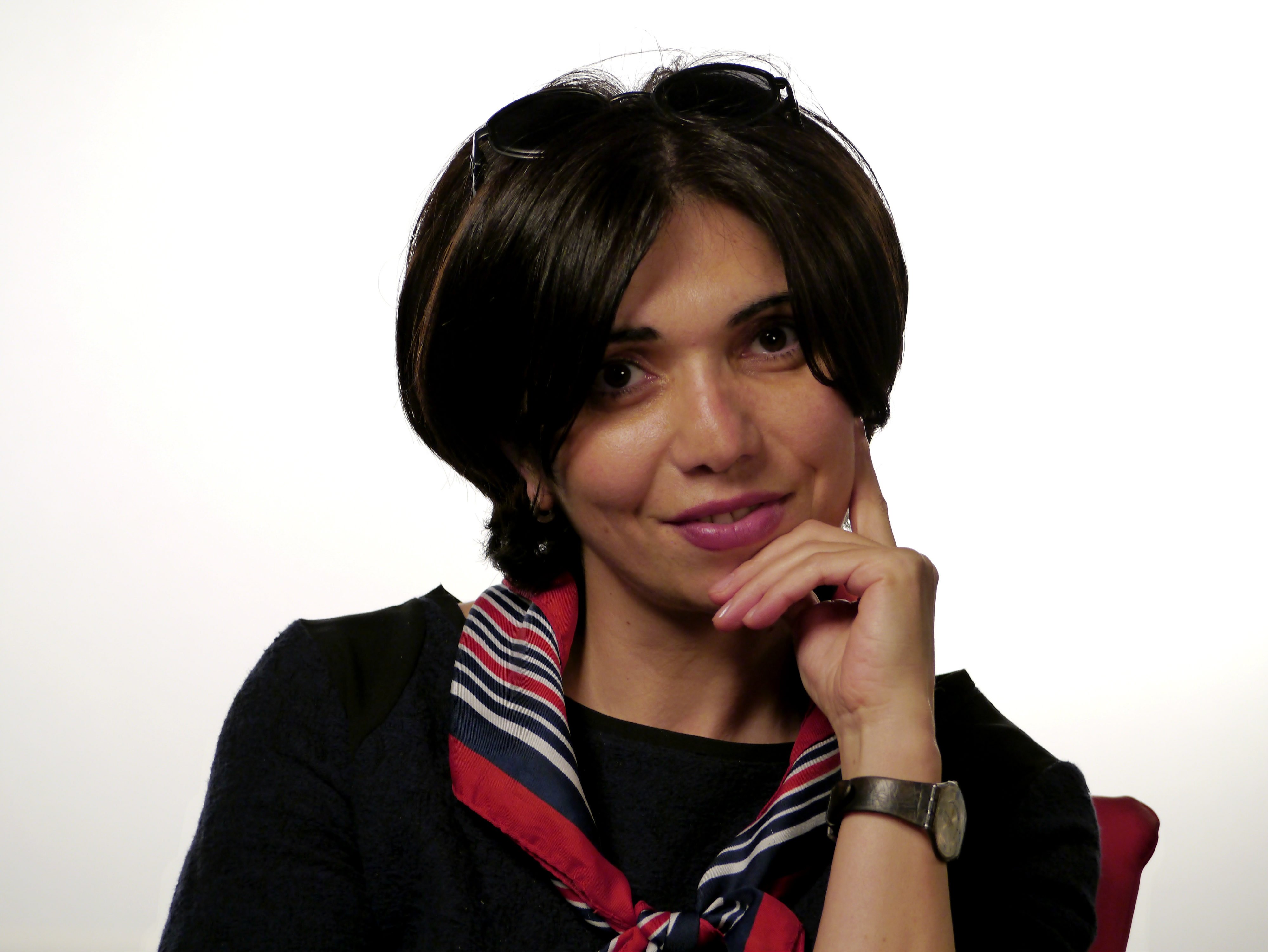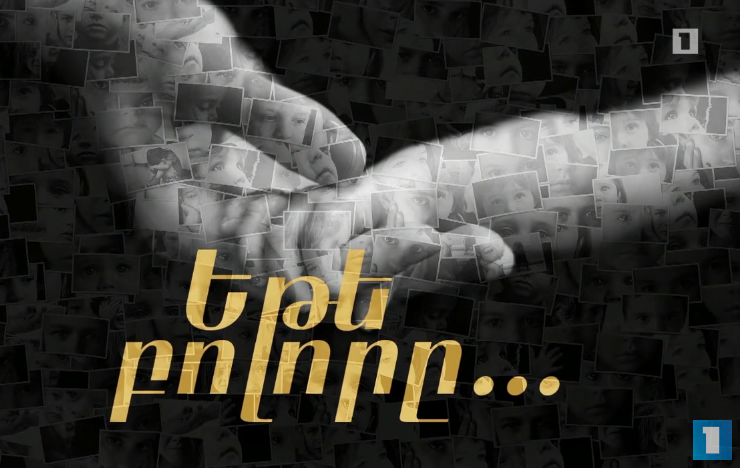Public TV has launched a new segment with the headline “If Only Everyone…” Social advertising prompts the segment’s philosophy: there is no unsolvable problem, if everyone joins in together.
The program structure is as follows: a young person with disabilities comes with his/her parents or relatives to the TV stand. In the auditorium there are people in the first row, the child’s doctor, the child’s rehabilitation training professionals, a priest, when appropriate…
Pre-shot footage presents the child’s daily routine, the parents speaking. After presenting the story of the child’s sickness, and during the program, the broadcasters urge those watching the show to send messages to the number 7000, which is equivalent to a 500 dram donation. The collected money is gathered for the child’s treatment.
The problems that children with disabilities face are covered by almost all TV stations, in different formats. Of course, if this coverage helps even one child recover, it can be considered justified. Especially if the topic of children’s disabilities is presented in the utmost gentlest manner, which is somewhat lacking on “If Only Everyone…”
This segment, with its pastel colors, alarming music introduction, anxious facial expressions of the broadcasters, automatically cuts off the participating child from his/her familiar environment, from reality, which perhaps for the child is not as shocking as it turns out during the program.
Example: The case of Manuel, who has Hodgkin’s lymphoma.
The broadcasters begin the show like this: “There are many examples, when misfortunes that happen on large families make them even stronger” (0.33). The sick child is then introduced as a “family’s misfortune?”…
Manuel is sitting in the booth, and the host is interested in the presence of a doctor, “If we take into account that it is the fourth stage (of Hodgkin’s lymphoma), was there a fight against death?” (5.58). The doctor confirms that there has been a battle with death. The host again becomes interested, “Is this considered a deadly disease?” (8.00). The answer is affirmative.
In order to create intrigue, the host announces the fact that Manuel’s sisters and brothers have just learned during the program that their brother is dealing with this complex disease, “I simply cannot omit that Sose’s (Manuel’s sister) eyes are glistening, and the tears are gathered, but she is bravely fighting them,” – observes the host (8.44).
And this, without an explanation of on what basis such a thing is done. Is there instruction from an expert about this unpolished, unprepared announcement to Manuel, his sisters and brothers? If an improvised and shocking way of announcing an illness is done with the advice of an expert, then there must be an expert opinion on what will help parents in similar situations.
The host involves the mother, who for the entire duration of the program is carrying the child who cannot sit or walk. This is difficult for a parent not only psychologically, but also physically.
It is not worth for the program to become more emotional or shocking at the expense of the guest’s emotions or their inconvenience, perhaps not. Consequently, the child’s story presented to the audience, without the child and the parent’s presence in the booth, will free the parent from the repeated and inevitable fidgeting, from the inconvenience of carrying the child.
It is desirable to structure the program in such a way that the highlight is not showing the situation of the child with disabilities or his/her parents and their emotions, but rather the journalistic work, the target logo.
One more observation about the program’s guests, “beautiful family”, “strong woman”, “beautiful Mane”, “she is how everyone else is”, “a person who does not lose hope” and similar expressions overemphasize the inequality between the people who they have asked to come to the studio, and those sitting in the studio.
Children with disabilities (and not only children) will be helped by TV with their integration issues not only with pretty words, fundraisers, but also by providing the opportunity, for example, of children with disabilities to be featured on children’s programs. Screen, as a rule, successful parents or children who have won this or that song competition (“Planet of Whys”). The child on these children programs will not be perceived as if they are pitiful or expecting care, but he or she will become a role model of success for many other children.
Lilit Avagyan







